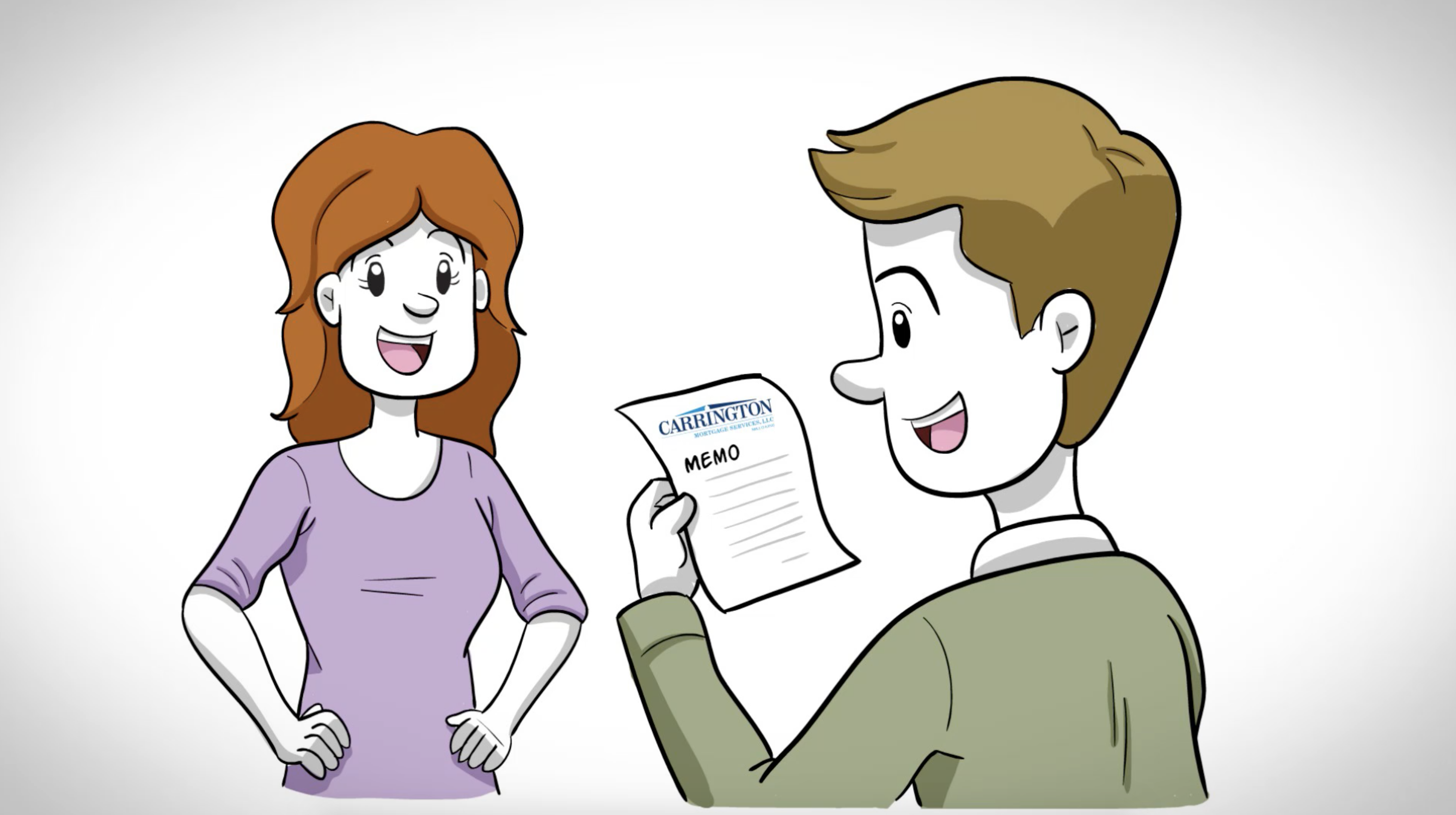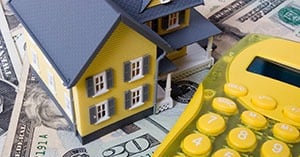Escrow Account FAQ

OVERVIEW:
What is an escrow account?
An escrow account allows Carrington Mortgage Services, LLC to pay the required taxes and/or insurance on your property. Each month, a portion of your mortgage payment is allocated to your escrow account. When taxes and/or insurance premiums are due, Carrington will use the funds in your escrow account to pay them on your behalf. Please note, Carrington is required to pay bills as received, even if you don’t have funds in your escrow account.
ESCROW ANALYSIS (ANNUAL AND FOR RECENTLY TRANSFERRED LOANS):
What is escrow analysis and how often is it performed?
An escrow analysis determines any surplus or shortage and adjusts your monthly payment accordingly. This ensures we maintain accurate amounts to cover property taxes, homeowners’ insurance, mortgage insurance and/or flood insurance (as applicable). Carrington conducts an escrow analysis at least once a year to ensure your escrow account is funded correctly.
How are tax and insurance projections calculated for the next year?
During your escrow analysis, Carrington uses the disbursements made in the previous year to estimate the amount needed for the upcoming year. Each year, your escrow disbursements may change, which can affect your escrow payment amount. Your payment must be adjusted to ensure that your monthly balance will remain above a required minimum balance for the duration of the following 12 months. Carrington mandates a minimum of two months of escrow payments cushion unless otherwise required by state law.
SHORTAGES & SURPLUSES:
What’s an escrow shortage or surplus?
An escrow shortage occurs when the escrow account balance falls below the required minimum, which is equal to two months’ worth of estimated escrow payments. This minimum balance helps protect you from unexpected increases in tax and/or insurance premiums.
Conversely, if your taxes and/or insurance costs are lower than anticipated, your escrow account may have a surplus. In this case, you will be issued a check equal to the surplus amount.
How could I have a shortage?
Shortages may occur when you do not have enough money in your escrow account to meet the minimum balance. Some of these reasons are:
- Property taxes and/or insurance premiums increase.
- Taxes have been reassessed.
- Insurance provider(s) changed, resulting in higher costs.
- Due date of the property taxes and/or insurance premiums changed.
- Did not make the appropriate payments into the account to cover costs.
If you have any questions or concerns about potential increases in your property taxes or insurance premiums, please contact your local taxing authority or insurance agent.
ONLINE RESOURCES FOR ESCROW ACCOUNTS:
How will I be notified of any changes to my escrow account?
You will receive an updated escrow statement and can view a copy within your online account. Log into your online account and click “Documents” on the top menu to view your latest statement.
Where can I find information about my escrow account?
For more information on your escrow account, including the running balance, current payment amount and recent disbursements, log into your online account and click “Escrow Information” on the left menu.
How do I add or cancel an escrow account?
If you have an FHA, USDA or VA loan, we are unable to remove the escrow payment inclusion from your escrow account. The escrow account is a requirement of your loan and is designed to reduce the burden of larger tax and insurance payments. If you have a conventional loan and want us to remove your escrow account, please contact our customer service team to review your options.
Why is my escrow amount different than it was with my previous mortgage servicer?
Different servicers may follow different escrow procedures. Carrington requires each escrow account to have a cushion of two months’ worth of estimated taxes, homeowner’s insurance and mortgage insurance (if applicable). Having a two-month cushion in your account helps to avoid a negative balance in the event of increasing tax and/or insurance amounts at the end of the year.
What actions can I take to try to lower my escrow amount?
To keep your payments as low as possible, we always encourage you to shop for insurance that best meets your current needs and to follow your county’s process for disputing your property tax amount.
What if I change insurance companies and receive a refund check?
If you receive a refund check from your previous home insurance policy, we recommend forwarding it to us for deposit into your escrow account. Cashed checks can lead to an underfunded escrow account, resulting in a temporary increase in your escrow payment. Since we initially paid for the original policy from your escrow account, returning the refund helps maintain a steady balance.
Do you have any videos that do a better job of explaining escrow?
Check out our escrow resources here or directly in your account dashboard by selecting “Escrow Summary” on the left menu.


